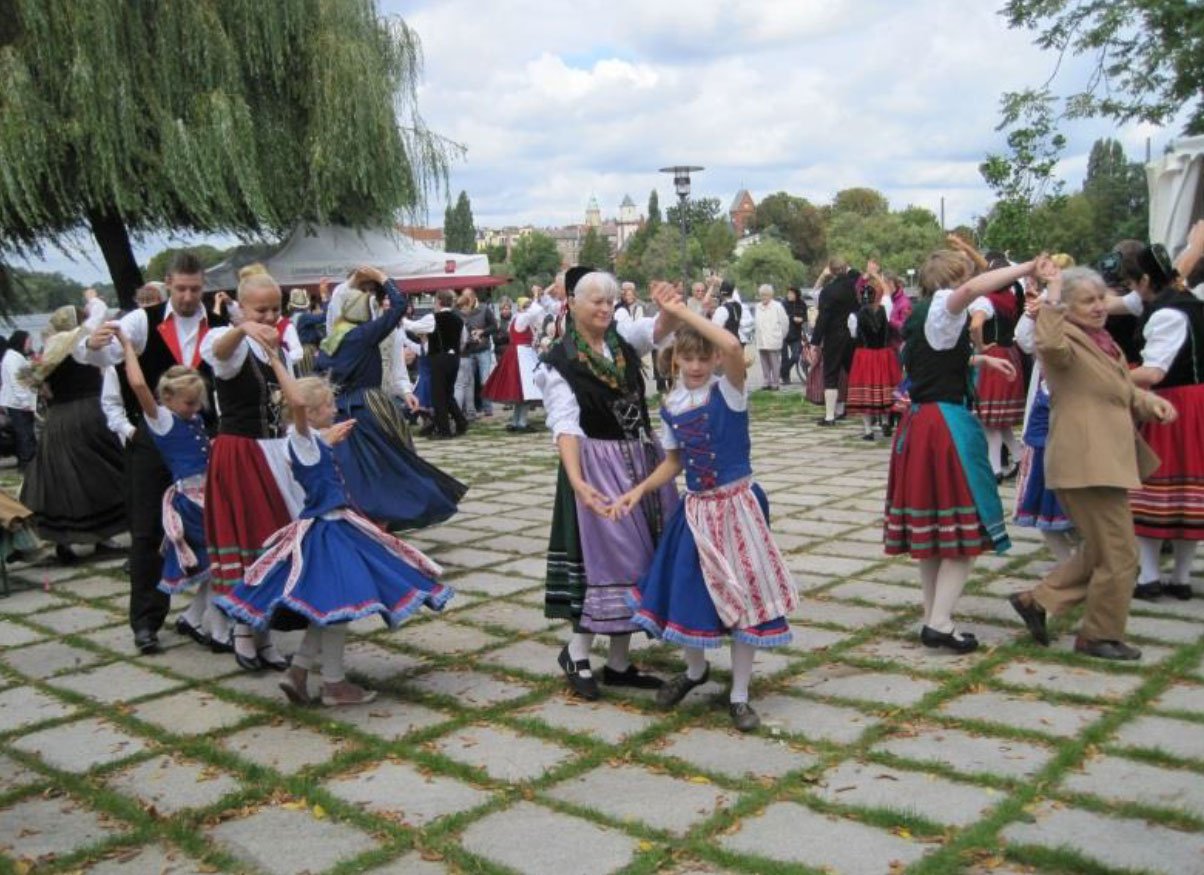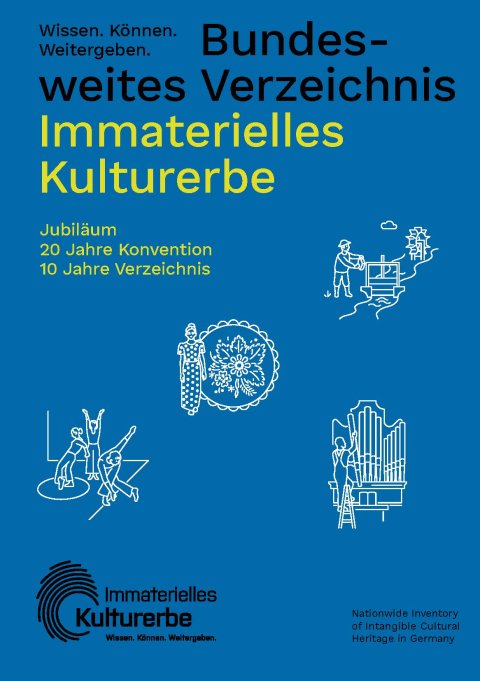Nationwide Inventory of Intangible Cultural Heritage
Folk Dance Movement in all its Regional Variations in Germany

The folk dance movement is characterised by many different manifestations, historically deriving from the diverse states, which made and make up Germany. Traditional regional music, the social environment and local customs characterise the respective forms and practices. The dances were passed on over many centuries orally and by physical imitation.
Facts & figures
Crucial date: all seasons
Inscription: 2015
Domains: performing arts; social practices, rituals and festive events
Where to find: nationwide
Contact
Deutsche Gesellschaft für Volkstanz e.V.
Oliver Schier (Manager)
o.schier@volkstanz.de
www.volkstanz.de
Today, numerous dance groups are active in Germany, which are usually organized in regional or supra-regional registered societies or interest groups. Gatherings at local festivals and events offer opportunities for common dance activities to interested dancers. Unrestricted accessibility and a distinct social effect are prominent characteristics of the folk dance movement.
Professionals, amateurs and beginners of different generations from groups of all ages and occupations as well as all social levels dance with each other. The main impact of folk dance as a living practise derives from its group dynamics.
The gathering and exchange of folk dancers from different regions of Germany and other countries are also part of the practise. New forms arising today thrive on the integration of new and multi-cultural elements in music style, steps and choreographies. In this way, folk dances undergo continual change.


